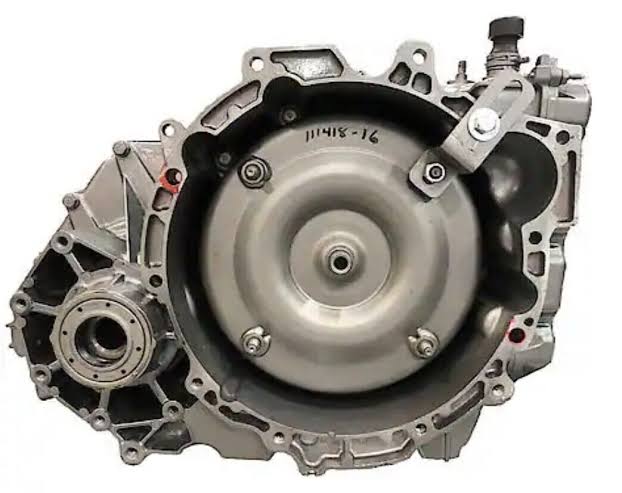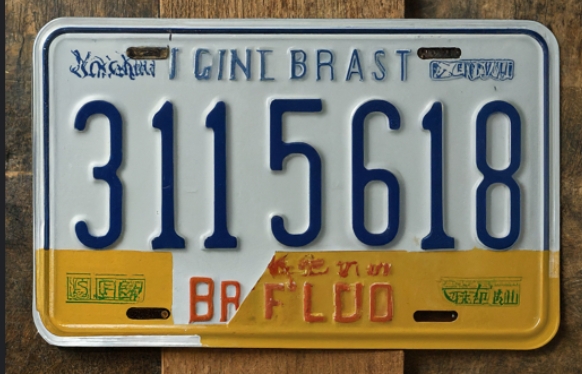Everything You Need to Know About the 2013 Ford Escape Transmission
The 2013 Ford Escape marked a significant redesign in the compact SUV market, boasting sleek looks, improved fuel efficiency, and a host of modern features. However, one of the most critical aspects of any vehicle’s performance is its transmission. The 2013 Ford Escape’s transmission has been a topic of much discussion among owners and automotive enthusiasts alike. In this article, we’ll delve into the details of the 2013 Ford Escape’s transmission, its performance, common issues, and maintenance tips.
Overview of the 2013 Ford Escape Transmission
The 2013 Ford Escape came with two primary transmission options: the 6-speed automatic transmission (6F35) and, in some regions, a manual transmission option for the base model. The automatic transmission was more prevalent and paired with three different engine options: a 2.5-liter four-cylinder engine, a 1.6-liter EcoBoost turbocharged four-cylinder engine, and a 2.0-liter EcoBoost turbocharged four-cylinder engine. Each of these engines offered varying levels of power and efficiency, but the transmission remained a crucial component in delivering a smooth driving experience.
Transmission Performance
The 6-speed automatic transmission in the 2013 Ford Escape was designed to provide seamless shifting and enhance fuel efficiency. It featured Ford’s SelectShift capability, allowing drivers to manually select gears if they desired more control over their driving experience. This was particularly useful for those navigating hilly terrains or requiring a bit more power for overtaking on highways.
When functioning correctly, the transmission offered smooth acceleration and helped the Escape achieve respectable fuel economy figures, which were critical selling points for the SUV in a competitive market. The EcoBoost engines, particularly the 2.0-liter version, provided a nice blend of performance and efficiency, with the transmission playing a key role in maximizing these benefits.
Common Transmission Issues
Despite its design intentions, the 2013 Ford Escape’s transmission has been reported to have several issues by owners over the years. Some of the most common problems include:
- Rough Shifting: Many owners have reported experiencing rough or delayed shifting. This issue often manifested as a noticeable jerk or hesitation when the transmission shifted between gears, particularly between first and second gear.
- Transmission Failure: In more severe cases, the transmission has been reported to fail completely. Symptoms of impending failure include slipping gears, where the transmission unexpectedly shifts to neutral, and unusual noises like grinding or whining.
- Fluid Leaks: Transmission fluid leaks are another common problem. Low fluid levels can lead to overheating and inadequate lubrication, exacerbating other transmission issues.
- Transmission Warning Light: The appearance of the transmission warning light on the dashboard is a frequent complaint. This light often indicates underlying issues that require immediate attention, such as overheating or electronic sensor malfunctions.
Recalls and Technical Service Bulletins (TSBs)
In response to these issues, Ford has issued several recalls and Technical Service Bulletins (TSBs). One notable recall, issued in June 2013 (Recall Number 13V227000), addressed potential fuel line leaks in models equipped with the 1.6-liter engine, which could indirectly impact transmission performance. While not a direct transmission recall, addressing fuel line issues was crucial for the overall functioning of the vehicle.
Numerous TSBs were also released, providing guidelines to dealerships on how to handle common transmission complaints. These bulletins often included instructions for reprogramming the Powertrain Control Module (PCM) to improve shifting performance and reduce the occurrence of rough shifting.
Maintenance Tips
Proper maintenance is key to extending the life of any vehicle’s transmission, and the 2013 Ford Escape is no exception. Here are some maintenance tips to keep your Escape’s transmission in optimal condition:
- Regular Fluid Checks: Check the transmission fluid level regularly and top it up if necessary. Using the recommended transmission fluid type is crucial for maintaining proper lubrication and cooling.
- Scheduled Transmission Service: Follow the manufacturer’s recommended service intervals. This typically includes fluid and filter changes, which help remove debris and contaminants that can wear down the transmission.
- Avoid Overheating: Transmission overheating is a major cause of transmission failure. Ensure your cooling system is functioning correctly and consider installing an auxiliary transmission cooler if you frequently tow heavy loads or drive in hot climates.
- Address Issues Promptly: If you notice any unusual behavior, such as rough shifting or strange noises, have your vehicle inspected by a professional as soon as possible. Early detection and repair can prevent more serious damage.
- Software Updates: Ensure that your vehicle’s software is up-to-date. Software updates can improve transmission performance and address known issues without the need for mechanical repairs.
Conclusion
The 2013 Ford Escape, while a popular and versatile compact SUV, has faced its share of transmission-related challenges. Understanding these issues and taking proactive steps in maintenance can help mitigate potential problems and enhance the longevity of the vehicle. Owners should stay informed about recalls and TSBs, and prioritize regular maintenance to enjoy a smooth and reliable driving experience. By doing so, the 2013 Ford Escape can continue to be a dependable vehicle for years to come.




Post Comment